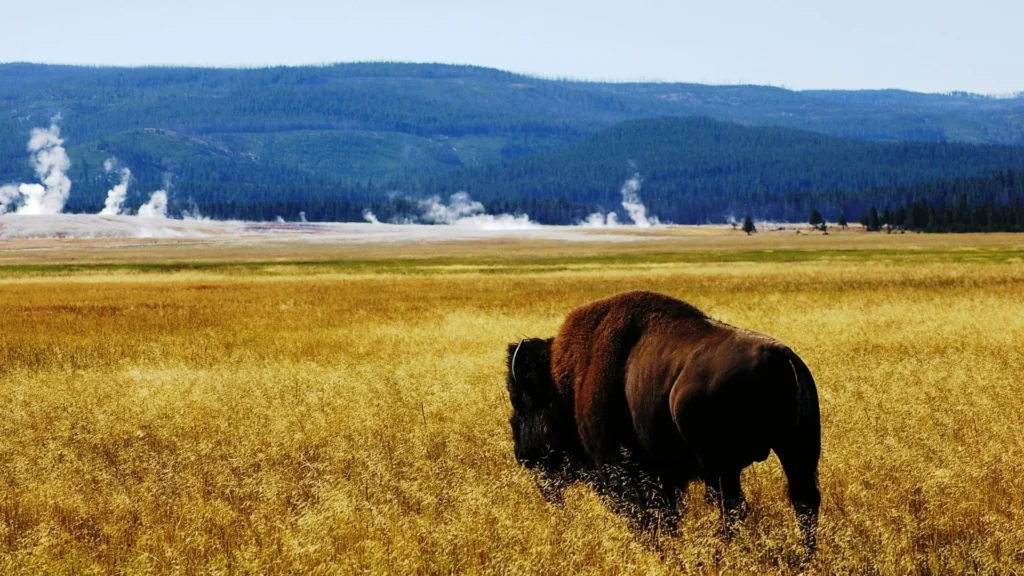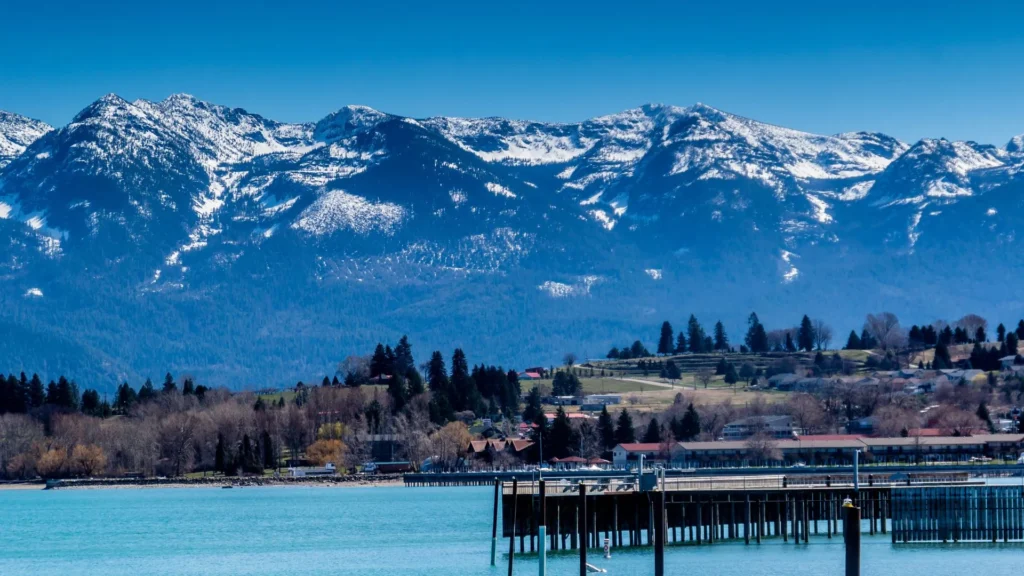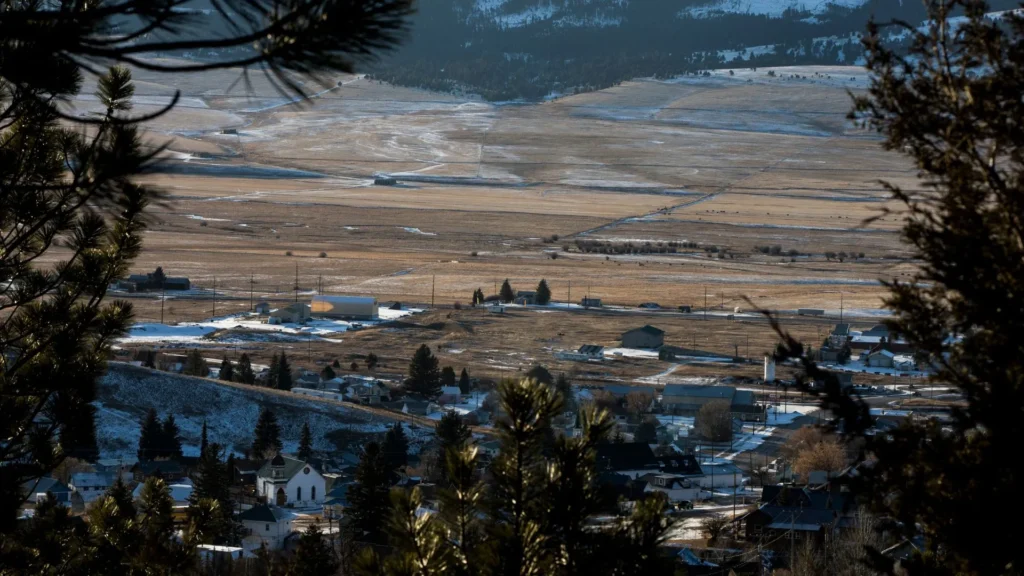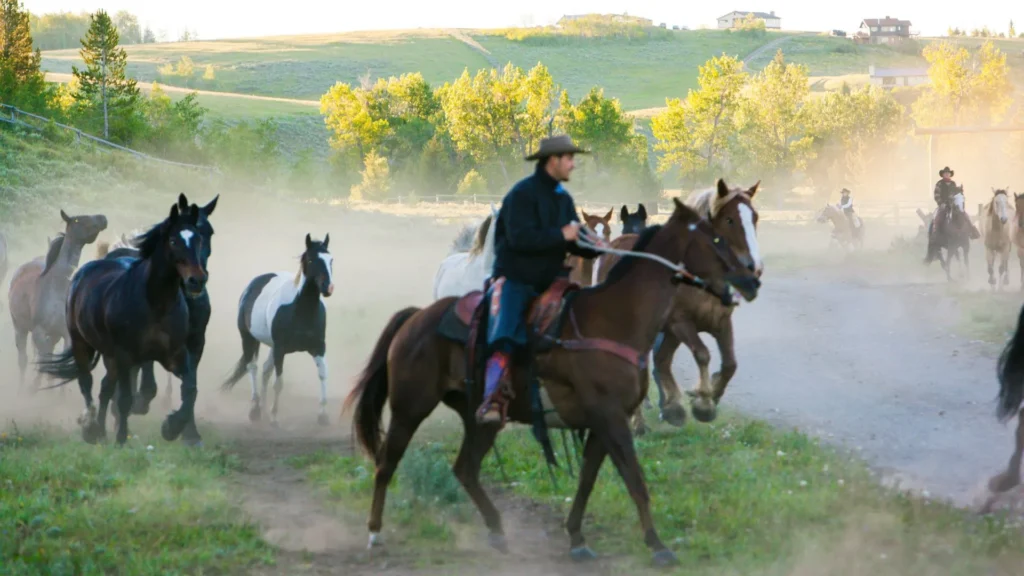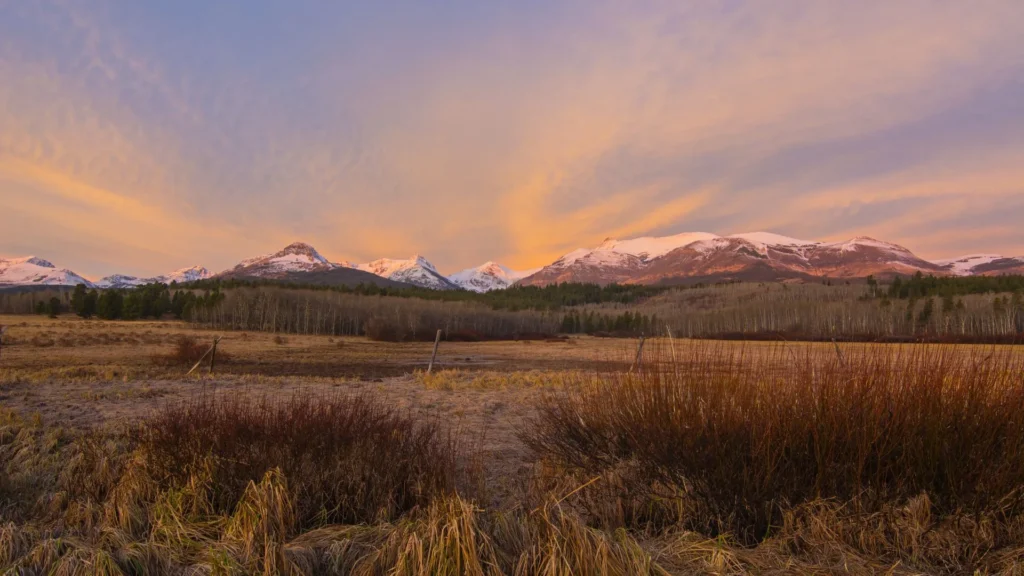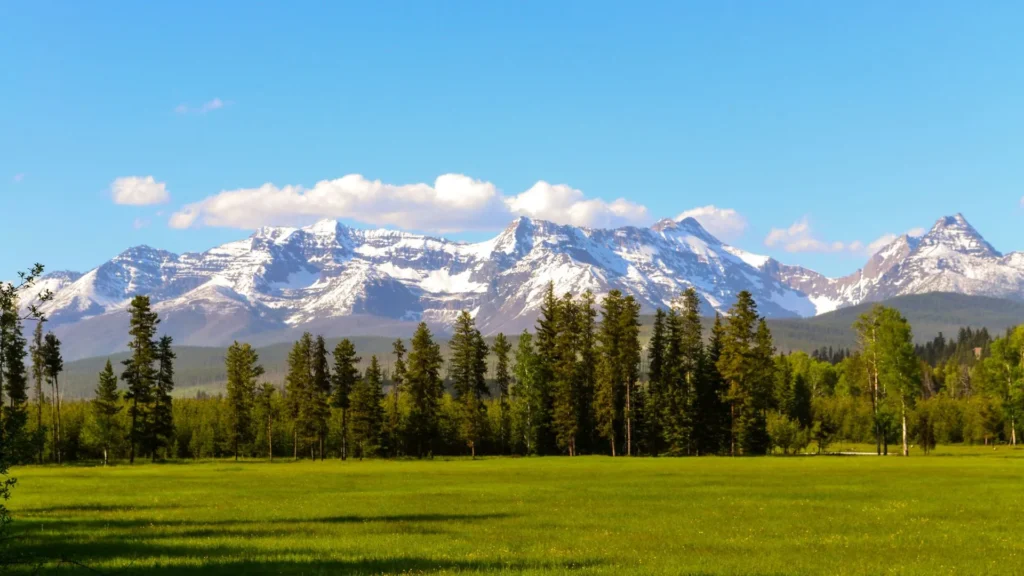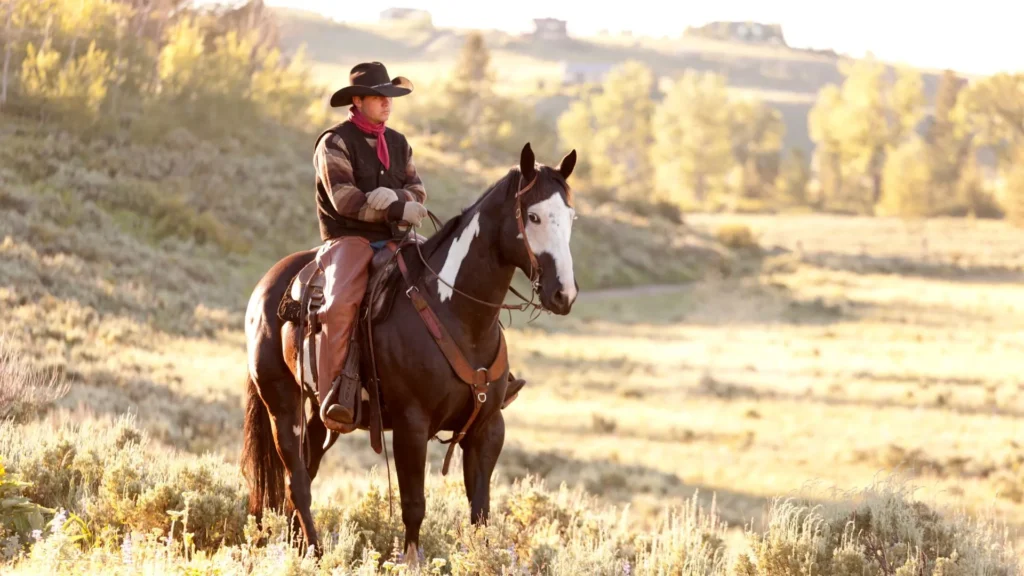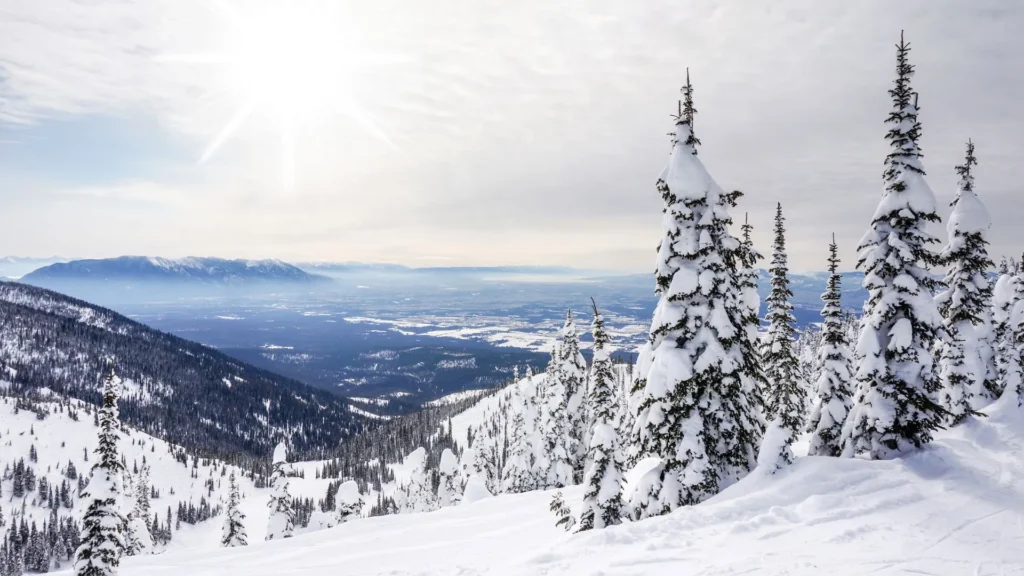
Montana Relocation Guide
Thinking about relocating to Montana? Known as “Big Sky Country,” Montana offers breathtaking landscapes, a relaxed lifestyle, and a strong sense of community. Whether you’re drawn to the majestic mountains, the vast open plains, or the charming small towns, Montana has something for everyone. This comprehensive Montana relocation guide will provide you with all the essential information to make your move smooth and successful. From understanding the state’s geography and climate to finding the perfect place to live, we’ve got you covered.

Why Move to Montana?
Montana is an attractive destination for many reasons. Here are some key benefits of moving to Montana:
- Natural Beauty: From Glacier National Park to Yellowstone, Montana’s landscapes are stunning.
- Quality of Life: Excellent healthcare, top-rated schools, and safe communities.
- Strong Economy: A robust job market with opportunities in various sectors.
- Outdoor Activities: Year-round outdoor activities, including hiking, fishing, skiing, and horseback riding.
- Community Spirit: Montanans are known for their friendliness and strong sense of community.
Understanding Montana’s Geography and Climate
Montana’s diverse geography and climate contribute to its unique charm. Here’s what you need to know:
Geographic Regions
- Western Montana: Known for its mountainous terrain, forests, and outdoor recreational activities. Major cities include Missoula and Kalispell.
- Central Montana: Features rolling hills, rivers, and agricultural lands. Great Falls is a key city in this region.
- Eastern Montana: A more rural area with vast plains, badlands, and smaller towns like Billings and Miles City.
Climate
- Four Seasons: Montana experiences all four seasons, with cold winters and warm summers.
- Winter Weather: Winters can be harsh, especially in the mountainous regions, with significant snowfall and cold temperatures.
- Moderate Summers: Summers are generally warm and pleasant, ideal for outdoor activities.
- Fall and Spring: Both seasons offer mild weather and beautiful scenery, with vibrant fall foliage and blooming wildflowers.
Cost of Living in Montana
Montana offers a relatively moderate cost of living, though it can vary by region. Here are some key points to consider:
- Housing: Home prices and rental rates are generally reasonable, though higher in popular areas like Bozeman and Missoula.
- Utilities: Utility costs can be higher in winter due to heating needs, but are manageable with proper insulation and energy-efficient practices.
- Groceries and Healthcare: These costs are on par with the national average, ensuring daily living expenses remain reasonable.
Finding a Place to Live
Choosing the right place to live in Montana depends on your lifestyle, work, and personal preferences. Here are some popular options:
- Bozeman: A rapidly growing city known for its vibrant arts scene, excellent dining, and proximity to outdoor recreation.
- Missoula: A cultural hub with a strong community feel, great schools, and plenty of outdoor activities.
- Billings: The largest city in Montana, offering urban amenities, job opportunities, and a mix of cultural and outdoor attractions.
- Helena: The state capital, known for its historic charm and access to nature.
- Kalispell: Close to Glacier National Park, ideal for outdoor enthusiasts.
- Smaller Towns and Rural Areas: For a quieter lifestyle, consider towns like Whitefish, Livingston, or Red Lodge.
Employment Opportunities
Montana’s job market is diverse and robust, with opportunities in various sectors. Key industries include:
- Healthcare: Montana has numerous hospitals and medical research institutions.
- Technology: A growing tech sector, particularly in Bozeman and Missoula.
- Agriculture: A leading producer of wheat, barley, and livestock.
- Tourism: National parks, ski resorts, and outdoor activities drive a strong tourism industry.
- Education: Montana boasts several universities and a strong public school system.
- Mining and Energy: Significant natural resources, including coal, oil, and wind energy.
Education and Schools
If you have children, understanding Montana’s education system is crucial. The state offers a mix of public, private, and charter schools, with a strong emphasis on community and parental involvement. Higher education options include the University of Montana, Montana State University, and Carroll College.
Healthcare and Medical Facilities
Access to quality healthcare is essential when relocating. Montana has a range of medical facilities, from large hospitals in urban areas to smaller clinics in rural regions. Major cities like Billings and Missoula have well-equipped hospitals, while telemedicine services are becoming increasingly available for those in remote areas.
Transportation in Montana
Montana’s transportation system is well-developed, making it easy to get around. Here’s what you need to know:
- Driving: A car is essential in most parts of Montana, especially if you live outside urban areas. The state has a well-maintained network of highways and roads.
- Public Transit: Public transportation options are limited, but larger cities like Billings and Missoula have bus systems.
- Air Travel: Major airports include Bozeman Yellowstone International Airport and Billings Logan International Airport, providing convenient access to domestic flights.
- Commuter Services: Montana offers various commuter services, including regional transit systems and bike-sharing programs.
Preparing for the Weather
Montana’s weather can be quite variable, so it’s important to be prepared for different conditions:
- Winter Gear: Invest in good-quality winter clothing, especially if you’re moving to Northern or Western Montana.
- Vehicle Preparation: Ensure your vehicle is equipped for winter driving, with snow tires or chains if necessary.
- Home Preparation: Properly insulate your home and ensure your heating system is in good working order.
Embracing the Montana Lifestyle
Living in Montana offers a unique and fulfilling lifestyle. Here are some tips to help you adjust:
- Outdoor Activities: Montana is a playground for outdoor enthusiasts, offering activities like hiking, fishing, boating, skiing, and horseback riding.
- Community Involvement: Montanans are known for their friendliness and strong sense of community. Get involved in local events and activities to build connections.
- Local Culture: Embrace the local culture by exploring Montana’s history, attending cultural festivals, and supporting local businesses.
Challenges of Living in Montana
While Montana offers many benefits, it also presents some challenges:
- Winter Weather: Cold winters, especially in the mountainous regions, can be tough to adapt to.
- Limited Public Transit: Outside of larger cities, public transportation options are limited, making a car necessary.
- Rural Isolation: Some areas are quite remote, which can lead to feelings of isolation if you’re not used to rural living.
Conclusion
Relocating to Montana is a decision that promises adventure, opportunity, and a high quality of life. By understanding the geography, climate, cost of living, and employment opportunities, you can better prepare for the move. Embrace the outdoor lifestyle, get involved in your community, and enjoy all that Montana has to offer. Whether you’re drawn by the stunning natural landscapes, the rich cultural heritage, or the friendly communities, Montana welcomes you with open arms.
In summary, moving to Montana requires thorough planning and preparation, but the rewards of living in this incredible state make it all worthwhile. From the breathtaking landscapes to the warm and welcoming communities, Montana is a place like no other. So pack your bags, prepare for the adventure of a lifetime, and get ready to experience the charm and beauty of Montana.
Search by State
ExploreMontana.US
ExploreMontana.US is a division of Explore America Holdings, LLC. All information on this website is for informational and entertainment purposes only.
